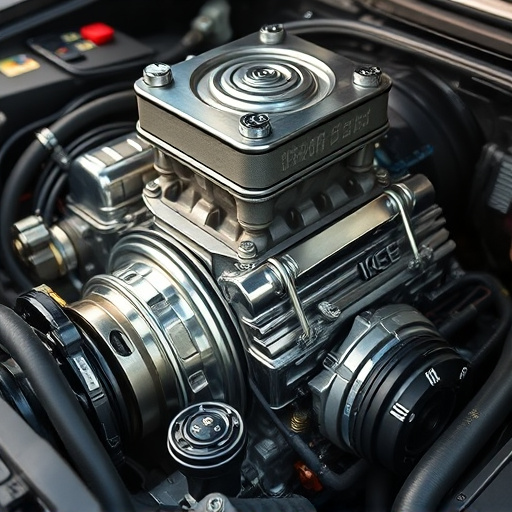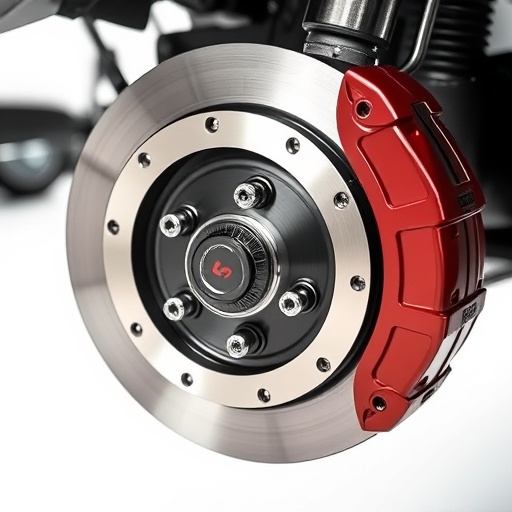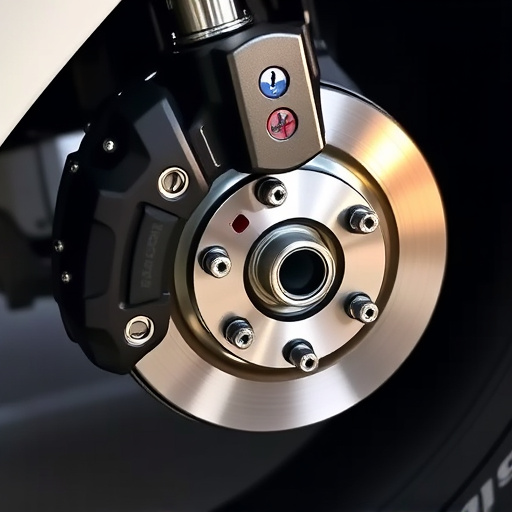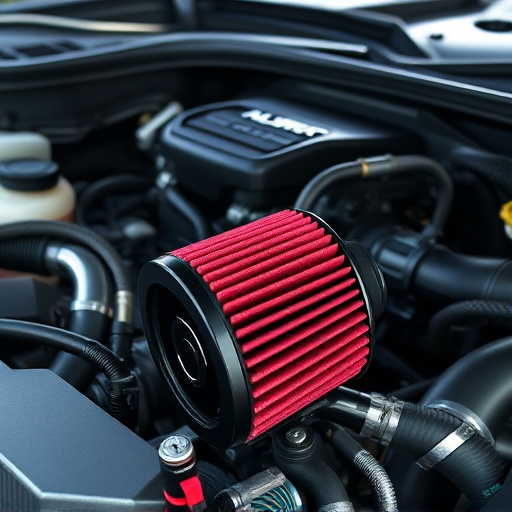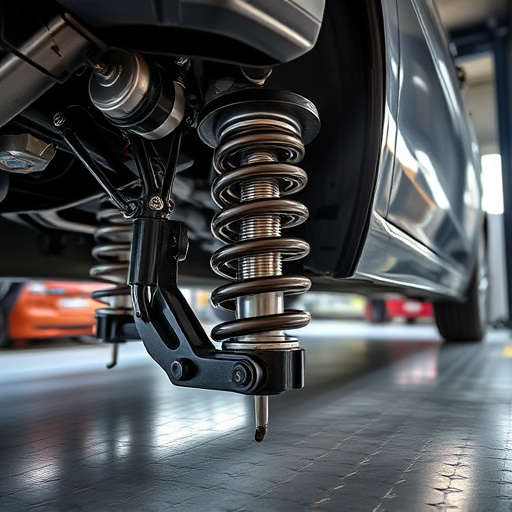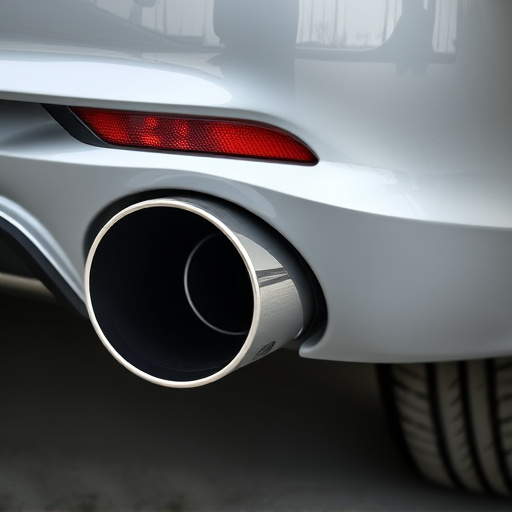Intercooler piping is a vital heat transfer system in high-performance vehicles, maintaining consistent intake temperatures to optimize engine efficiency and power output. By preventing heat from exhaust gases, it enhances combustion, reduces intake temperature restrictions, and improves throttle response, contributing to better overall vehicle dynamics and component longevity. Efficient intercooler piping designs are key to achieving peak performance in vehicles with turbochargers or superchargers.
Intercooler piping is a critical component in automotive systems, playing a pivotal role in maintaining optimal engine performance. This article delves into the intricacies of intercooler piping basics and explores how consistent intake temperatures significantly enhance engine efficiency. We’ll discuss the benefits of well-regulated coolant flow and its direct impact on optimizing engine performance. By understanding these principles, car enthusiasts can unlock their vehicles’ full potential through effective intercooler piping management.
- Understanding Intercooler Piping Basics
- Benefits of Consistent Intake Temperatures
- Optimizing Engine Performance with Coolant Flow
Understanding Intercooler Piping Basics
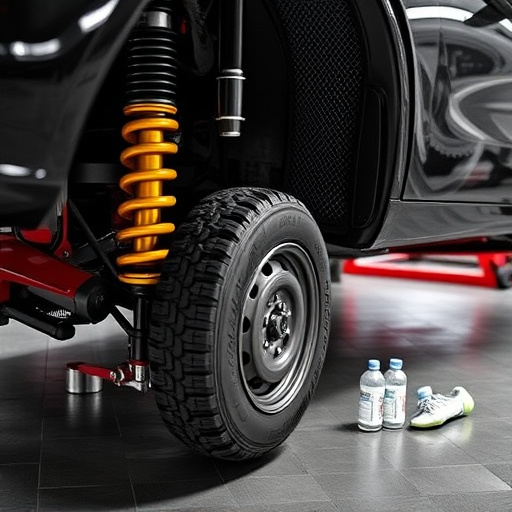
Intercooler piping is a vital component in many high-performance vehicles, playing a crucial role in maintaining optimal engine efficiency. It refers to the system of tubes and components that facilitate the transfer of heat from the engine’s combustion chamber to the environment, specifically focusing on cooling the air entering the engine. This process is essential, as consistent intake temperatures are key to enhancing engine performance and power output.
The intercooler piping system typically connects the air intake systems with the engine, sandwiching an intercooler between them. It directs hot exhaust gases away from the cold air intake, preventing heat transfer that could raise the temperature of incoming air. This is particularly important in vehicles equipped with turbochargers or superchargers, where compressed air can reach high temperatures. By maintaining lower intake temperatures, intercooler piping ensures efficient combustion and improves overall engine performance, complementing the function of exhaust mufflers and contributing to a smoother power delivery through the vehicle’s exhaust systems.
Benefits of Consistent Intake Temperatures
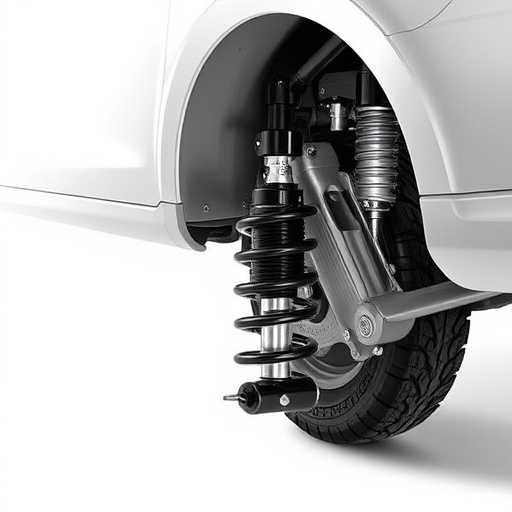
Consistent intake temperatures play a pivotal role in enhancing engine performance. This is where intercooler piping steps in as a key component. By efficiently managing heat transfer, intercooler piping ensures that air entering the engine remains at an optimal temperature, allowing for more effective combustion. This, in turn, leads to improved power output and fuel efficiency.
Maintaining steady intake temperatures also benefits other critical components like performance brakes and intake systems. In a high-performance setup, hot air can reduce the effectiveness of brake pads, affecting overall vehicle control. Moreover, consistent temperatures preserve the integrity of intake components, extending their lifespan and ensuring optimal airflow to the engine, thereby contributing to better overall vehicle dynamics.
Optimizing Engine Performance with Coolant Flow
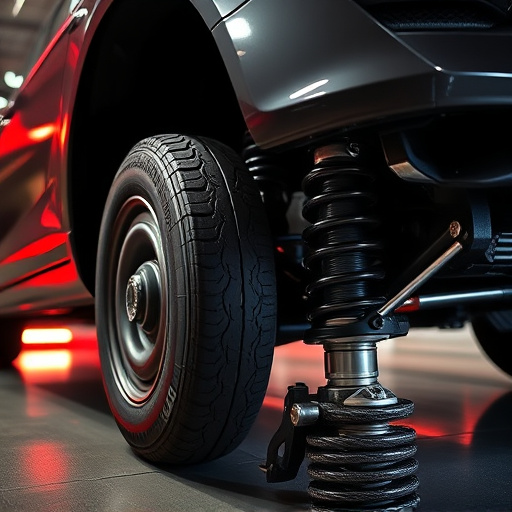
Optimizing engine performance begins with managing intake temperatures, a crucial factor that directly impacts power and efficiency. Intercooler piping plays a vital role in this process by ensuring consistent and optimized coolant flow. Efficient intercooler piping designs minimize restrictions, allowing cool air to reach the engine faster and at higher volumes. This results in reduced intake temperatures, which can significantly enhance engine performance, especially in high-performance vehicles equipped with components like powerful cat back exhaust systems and top-tier performance brakes.
By maintaining lower intake temps, intercooler piping contributes to improved throttle response and overall engine responsiveness. This is particularly noticeable during aggressive driving or when pushing the vehicle’s performance limits. The strategic design of intercooler piping also assists in heat dissipation, which is essential for maintaining optimal engine operating temperatures, ensuring consistent power output, and prolonging the lifespan of high-performance parts.
Intercooler piping is a vital component in maintaining optimal engine performance. By ensuring consistent intake temperatures, these systems enhance efficiency and power output. Understanding the basics of intercooler design and implementing effective cooling strategies can revolutionize your vehicle’s performance, making it a true game-changer for any automotive enthusiast. Remember that optimizing coolant flow is key to unlocking the full potential of your engine.








